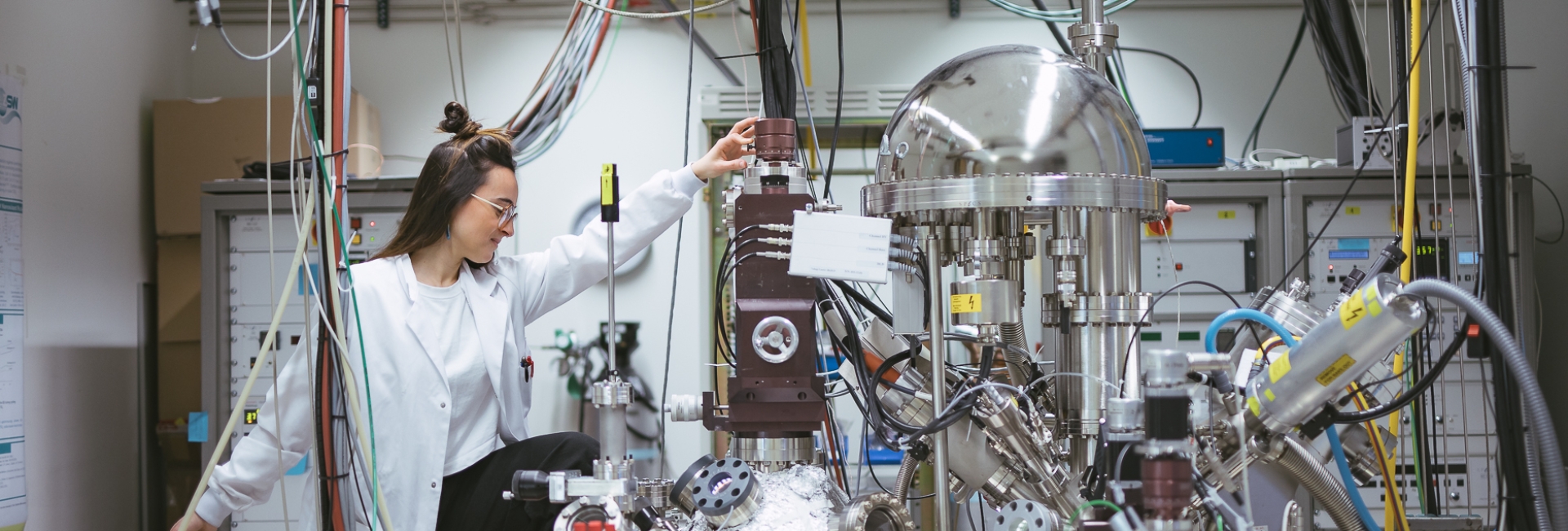
Technical approach
SOLIDBAT develops high-energy-density SSBs (400 Wh/kg, 1000 Wh/L) with fast charging, long life, and safety. Key innovations include digital tools for cell design, a water-processable nickel-rich NMC cathode, a 3D-textured lithium metal anode, a hybrid gel polymer electrolyte (HGPE), and scalable manufacturing compatible with lithium-ion technology. The project also minimizes raw material use and eliminates organic solvents for greener processing.


SOLIDBAT’s methodology consists of development activities aimed at producing, testing, and validating safe and highly performant SSB prototypes. To reach these objectives, SOLIDBAT is structured in three main pillars that include the activity of all technical WPs:
- I) Material pre-selection & interface optimisation
- II) Prototyping & industrialization
- III) Sustainability and recycling.
WP1 devoted to Project management and Scientific Coordination and WP8 consisting in the Impact Maximisation - Dissemination, communication and Exploitation will enable, support and enhance the technical work performed. The overall methodology of SOLIDBAT:
APPLICATIONS
SOLIDBAT has identified a diverse range of stakeholders, including industrial end-users who can reap the benefits of novel SSBs for electrified vehicles and passenger transport and, beyond that, for stationary applications.

Automotive Electrification
SOLIDBAT focuses primarily on solid-state batteries (SSBs) for electric vehicles (EVs), including passenger cars, buses, and potentially trams. SSBs offer superior safety, reduced size and weight, and extended lifespan compared to conventional lithium-ion batteries, supporting the global transition to zero-emission mobility.

Aerospace and Marine Transport
Beyond road transport, SOLIDBAT’s advancements in SSB technology could significantly impact the electrification of air and water transport. The improved energy density and safety characteristics of SSBs make them suitable for next-generation electric aircraft and marine vessels, helping to decarbonize these sectors.

Stationary Energy Storage
SOLIDBAT also foresees applications in stationary storage, particularly for second-life battery use. Repurposed SSBs could support grid stability, renewable energy integration, and backup power solutions, contributing to a more sustainable energy system.